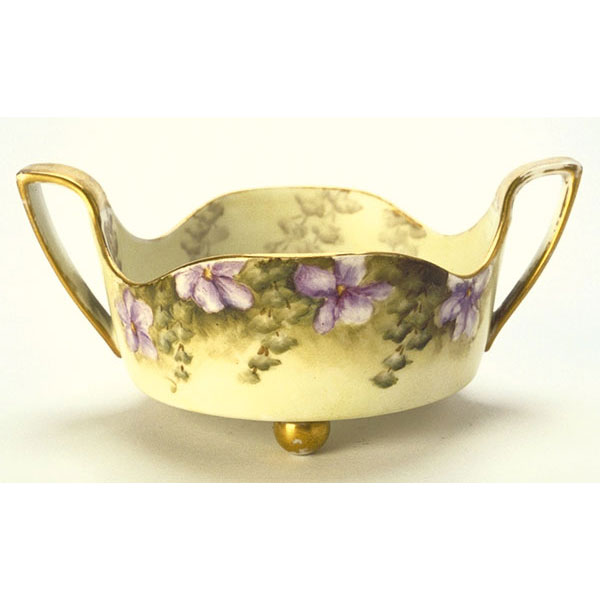European Dinnerware Used In The United States
Dinnerware in the average American home in the early 1900s was usually china from Limoges, France, especially Haviland, for “good” dishes and English ironstone or American whiteware for every day. Stylish Haviland dishes were delicate-looking, with molded shapes and floral designs in pastel colors, especially violet. During World War I, few dishes were imported, but by the 1920s, potteries in many countries were again making dinnerware for the American market. The new styles called for geometric shapes and bright colors. Manufacturers in Germany, Czechoslovakia, England, Japan, and, of course, France exported tableware to the United States.






